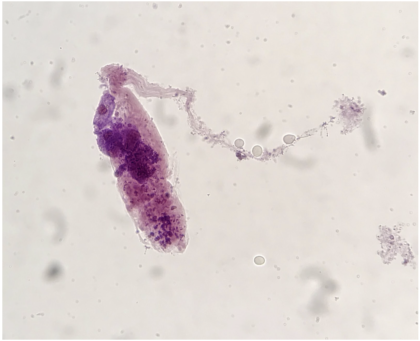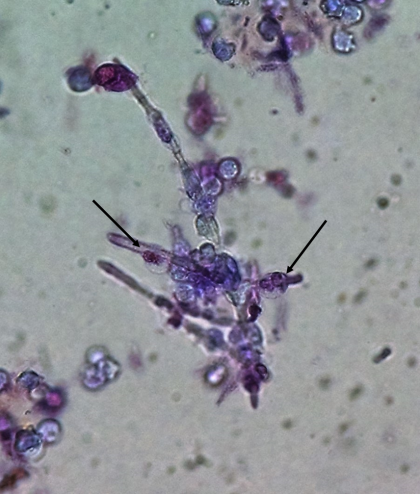ASN Board Review Course & Update: Register by 6/20 for Discounted Rate!
Kidney Comics: T-Cell Mediated Rejection (Kidney Transplant)
Skeleton Key Group Case #33: Atrocious Acidosis
Origins of Renal Physiology Course: Fellows 2024
2024 NephMadness Tournament Challenge: Bracket Submissions Due March 31st!
Continuous renal replacement therapy Education Module
Applications open for the WIN Fellow School for Leadership Education
American Transplant Congress 2024: Medical Student & Resident Travel Grant Applications Due 3/11
High Output Cardiac Failure and Pulmonary Hypertension in Kidney Transplant Recipients
Cylindroids in Urine, Have You Ever Seen It?
The German Louis G.F. Thomas (1838 —1907) described “cylindroids” (Figure 1) in 1870 to indicate elongated elements partly similar to casts [1], the nature of which is still unclear at present . There is no consensus on the…
Urine Sediment of the Month: Fibrin Casts in Urine Microscopy
Casts form in the distal tubules and collecting ducts when either Tamm-Horsfall mucoprotein or fibrin agglutinate and become molded into cylindrical structures within the tubular lumen. Cells and various substances, when present in the tubule, are incorporated into…
AKI in a patient with macroscopic hematuria
A 56-year-old kidney transplant recipient due to IgA nephropathy presented to the emergency department with a two day history of fatigue, gross hematuria, and pain over her allograft. She was diagnosed with transplant pyelonephritis and treated with antibiotics…
Urine Sediment of the Month: Another Look at Macroscopic Evaluation
Routine work with urine microscopy can lead to plenty of “surprises.” Sometimes not only the microscopic evaluation presents something new and unique, but the findings can be observed directly by looking at the sample. The original post on…
Urine Sediment of the Month: RBC “Lookalikes”
Red blood cells (RBCs) in the urine are normally 7-8 µm in diameter, circular or slightly oval and biconcave in appearance. They may appear crenated, with symmetric spiked membrane contour in hypertonic urine, or spherical, with near loss…
Leukocyte Lysis in Dilute Urine
The influence of urine concentration on the cells we observe during urine microscopy is well known. Concentrated urine specimens with a high urine specific gravity (SG) preserve nucleated cellular morphology the best, however, some cellular structures (e.g.: erythrocytes)…
Urine Sediment of the Month: The Thin Waxy Cast
The thickness of the fluid layer examined by urinary microscopy is determined by the volume of resuspended sediment put on the glass slide and the size of the coverslip. Using 13-15ul of sediment and coverslips of 18x18mm2 as…
The Case of the Missing Casts
A 50 y/o woman presents with symptoms of fatigue and malaise for 1-2 weeks. Medications include ACE, HCTZ, and a multivitamin daily. She had a UTI 6 weeks ago that did not improve after a 5 day course…
Urine Sediment of the Month: Oblique Illumination in Microscopy
Urinary sediment microscopy is a diagnostic technique designed to acquire 2-dimensional images of structures present in a slide. However, 2-dimensional views may lack sufficient contrast to allow for optimal visualization. One way to enhance the images and create…
Urine Sediment of the Month: Identifying Phagocytosed Particles
“What am I looking at? ” Phagocytosis and particle internalization by cells in the urine is not common, but of clinical interest when it occurs.Phagocytosis/particle internalization can be observed in urine microscopy by the usual culprits: professional phagocytes…










